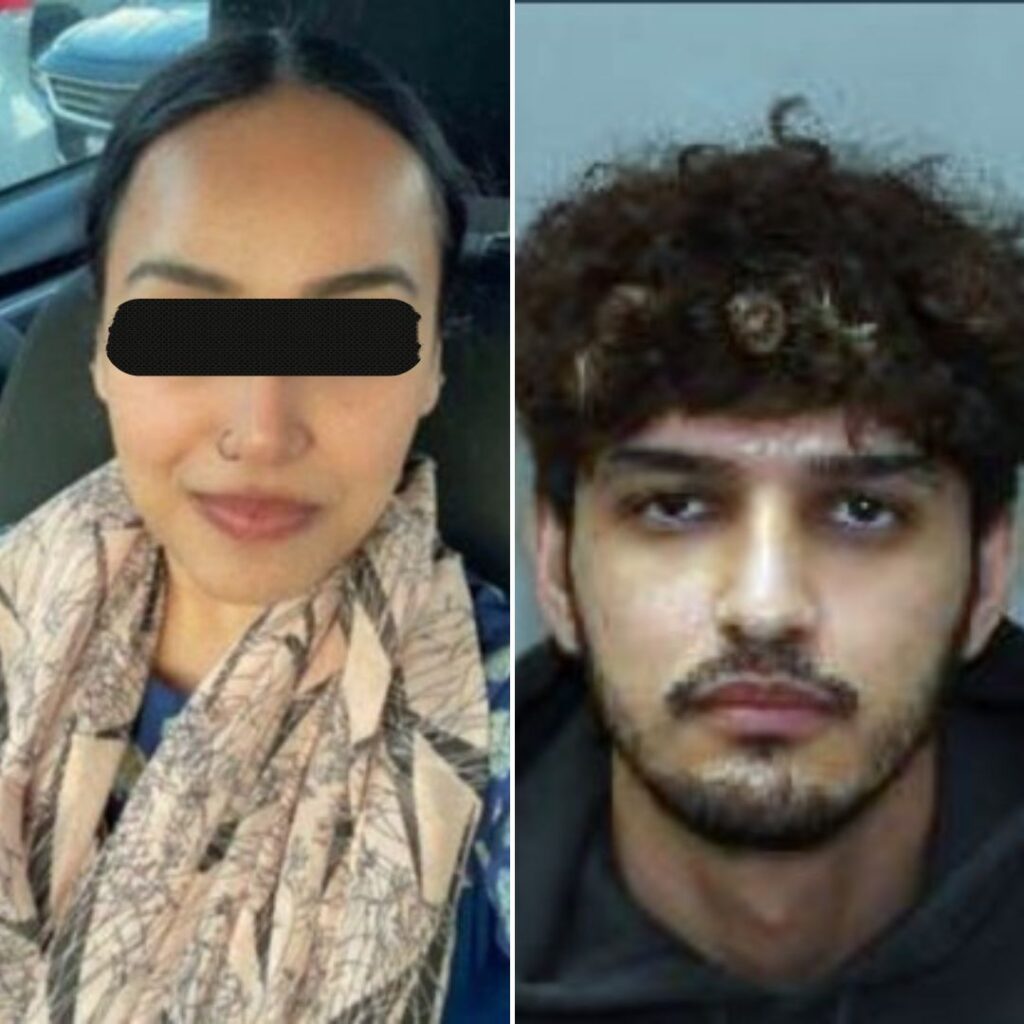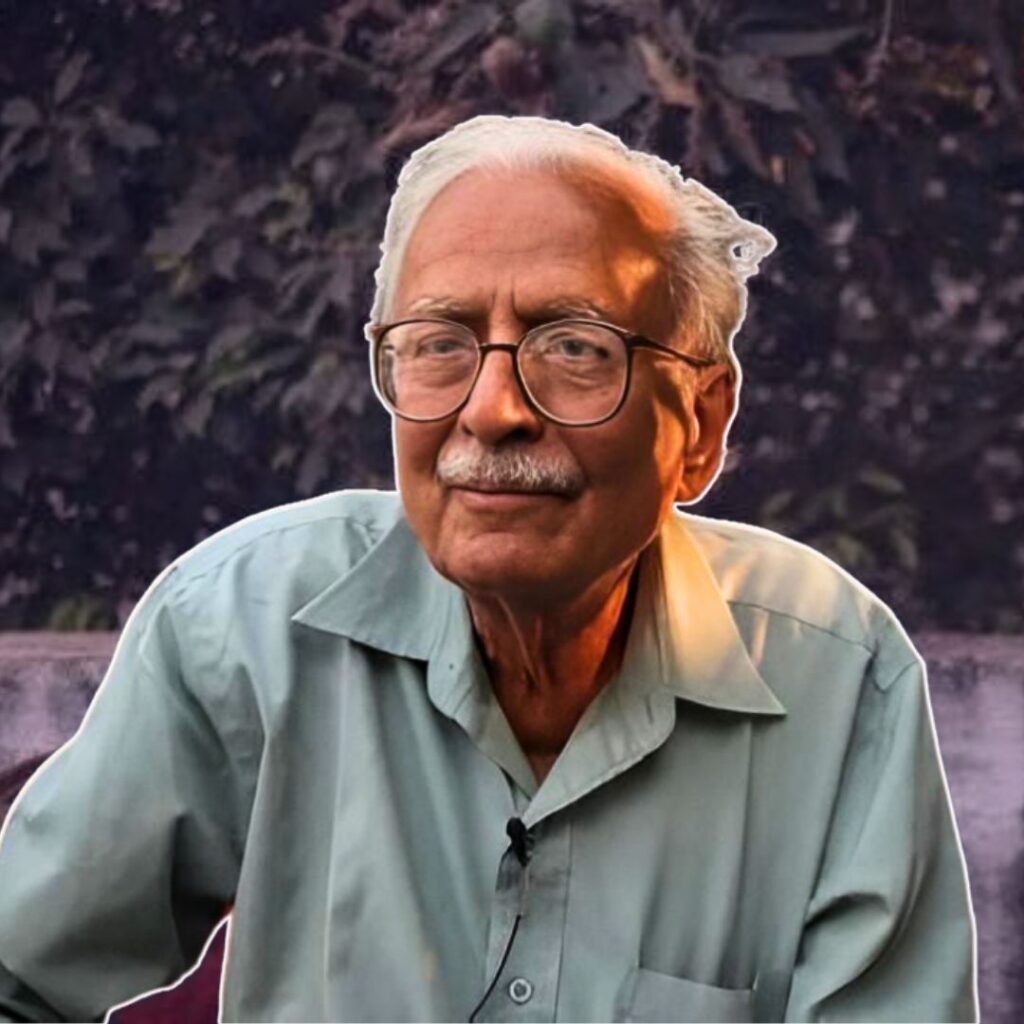Image Courtesy: banglatribune
Politics of quota and reservation It was 10 days of mayhem, looting and arson that set new benchmark for violence in the country. The situation was tad similar to many riots country has seen and gives us a chilling insight into what happens when mob mentality takes the stage. For those living in Haryana seeing their cities burn to the ground in front of their eyes was horrifying and scary. It is like being in one of those situations when the people who you thought were just your next door neighbours will give up all tenets of a civilized society and become neighbours from hell. Whether they be Jats or whether they be anyone else, violence and utter disregard for established and elected authority in the guise of getting reservation in Government jobs through violence cannot be condoned, at least not in the modern educated society. Many questions have been raised by both who protested and those who lost everything as they fell victim to looting and arson and the responsibility lies with the government of the day to answer them all. Let’s look at the questions raised and the aftermath of the protests.
What is the history and politics of these protests? The Jats occupy their own place in the mosaic of stereotypes about different castes in India: a martial race, patriarchal, brawny, artless, proud, phlegmatic, blunt, impetuous, fight-ready and highly devoted to caste consciousness. The Jats are primarily a farming community who are politically very active in Haryana, Punjab and Western UP. Traditionally, they are politically and economically well off and have not been considered as backward in these states, especially in Haryana. Jat constitutes about 25-30 percent of Haryana’s population. the Jat quota stir can be traced back to the Mandal commission report of 1991. They were rejected inclusion in central OBC list by National Commission on Backward classes (NCBC). In 2008, Jats again made the demand for quota. All India Jat Arakshan Sangharsh Samiti (AIJASS) is the body spearheading the agitation and demand. It is headed by Yashpal Malik a real estate businessman who is active in Ghaziabad and Noida. In 2012, The NCBC again conducted a survey in 2012 to review the social and economic status of Jats in various states. In Haryana, it was found that jats occupied a social status equivalent to higher castes. The jats since then have continued their protests demanding reservation.
Image Courtesy: newindianexpress
What led up to the protests? Hooda Govt. had promised Jats reservation in 2004. Before Hooda Govt. lost election in 2014 they had given reservation to Jats as Special Backward Classes to the tune of 10% along with 4 other castes. The central govt. had then announced reservation for Jats in 9 other states in central quota which were rejected by the supreme court in March of 2015. As BJP govt. came to power in Haryana, BJP MP Raj Kumar Saini had been making anti-Jat sentiments in other communities against Jats. A meeting was held by Saini which included all OBC caste members and it was alleged that anti-Jat comments were made there too. Non-Jat communities were asked to oppose jat protests.
Did the Jat vs non-Jat issue creep in? The protests that had pro-Jat reservation leaning quickly took the shape of Jat vs Non-Jat. According to first-hand reports gathered by The Logical Indian, a large number of clashes took place between Jats and other communities in the fringes of Rohtak and Jind districts. A village of Dhanak community was attacked by Jats and in the clashes, both sides suffered losses. Some people have been reportedly missing and have not yet been counted among the dead. A petrol pump in Hisar was looted by protesters and the fuel was used to make petrol bombs. Now that the protests are over more incidents about non-jat shops being burned down while shops owned by jats were spared randomly. A group of Jat advocates who were protesting in Rohtak were confronted by Non-Jat advocates which sparked a confrontation. Their is no doubt that caste consciousness which was being fueled by hatred found an opportunity to vent out accumulated frustration and anger during the protests.
The extent of damage? The damage due to the protests has been mindboggling. According to ASSOCHAM, the damage is to the tune of 20,000 Crore Rupees but other industry sources have quoted a figure of 34000 crores. Haryana Roadways which is struggling to improve services is the default target when such protests happen. Reportedly 33 buses had been set on fire and 99 others were partially damaged. Out of 387 LPG companies, 185 are out of stock. More than 25 petrol pumps had been damaged. Chevrolet and Hyundai showrooms around Rohtak were burned down and in total, more than 200 cars that were in stock had been set on fire. Munak Canal was damaged and will take 2 weeks to fully repair it. This means Delhi will have to face more days of water deficit. Himachal Pradesh Tourism has also taken a…











